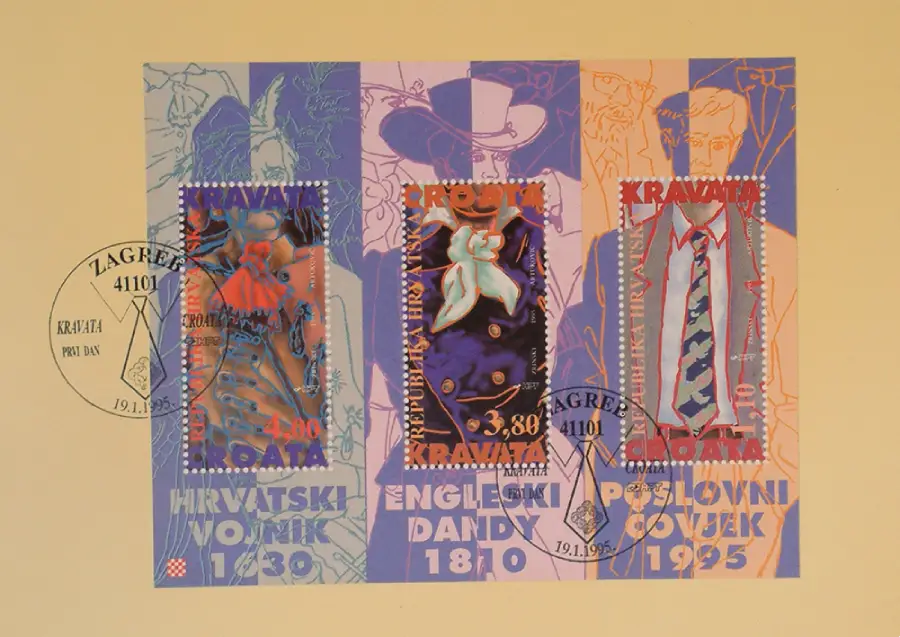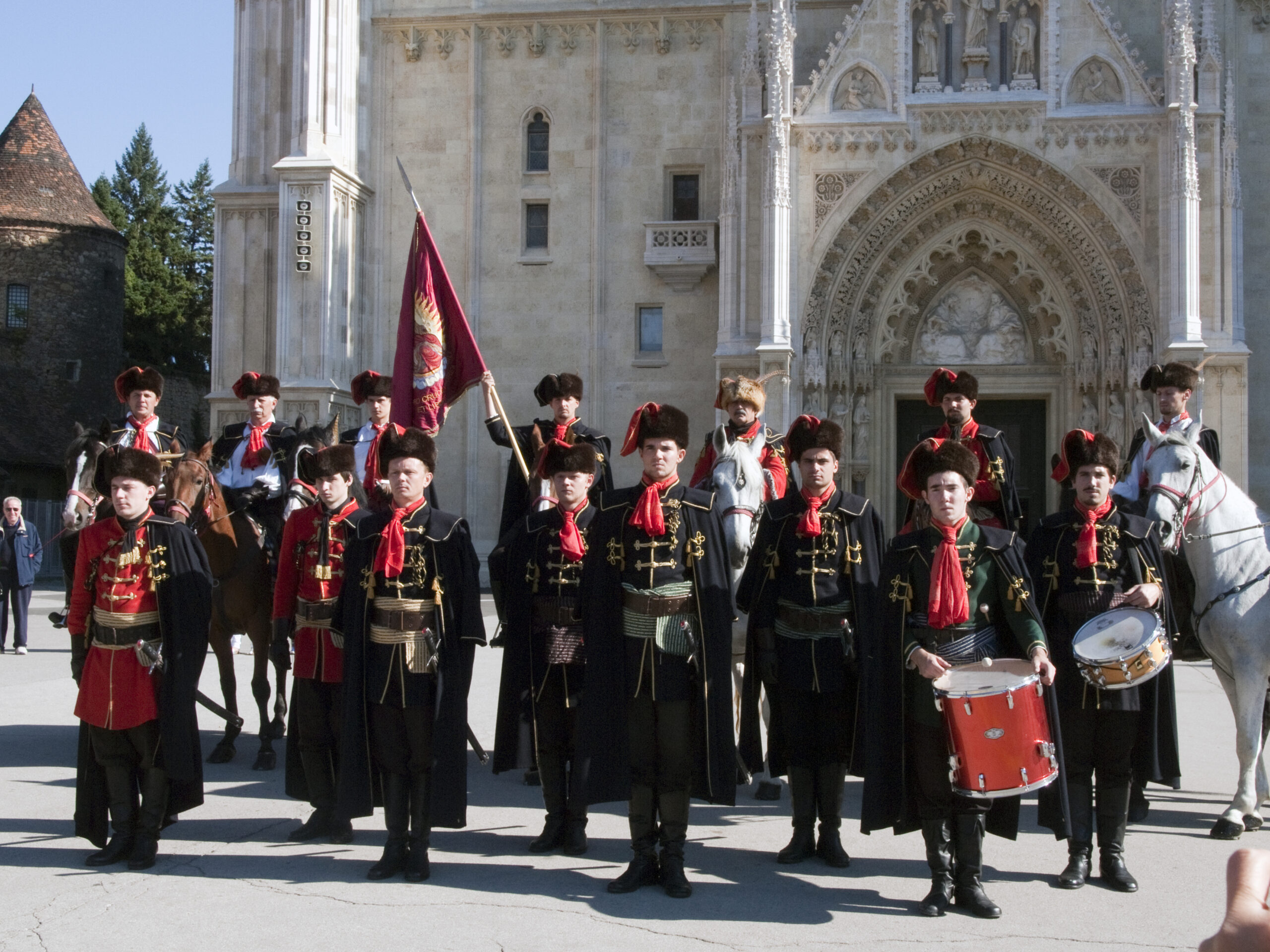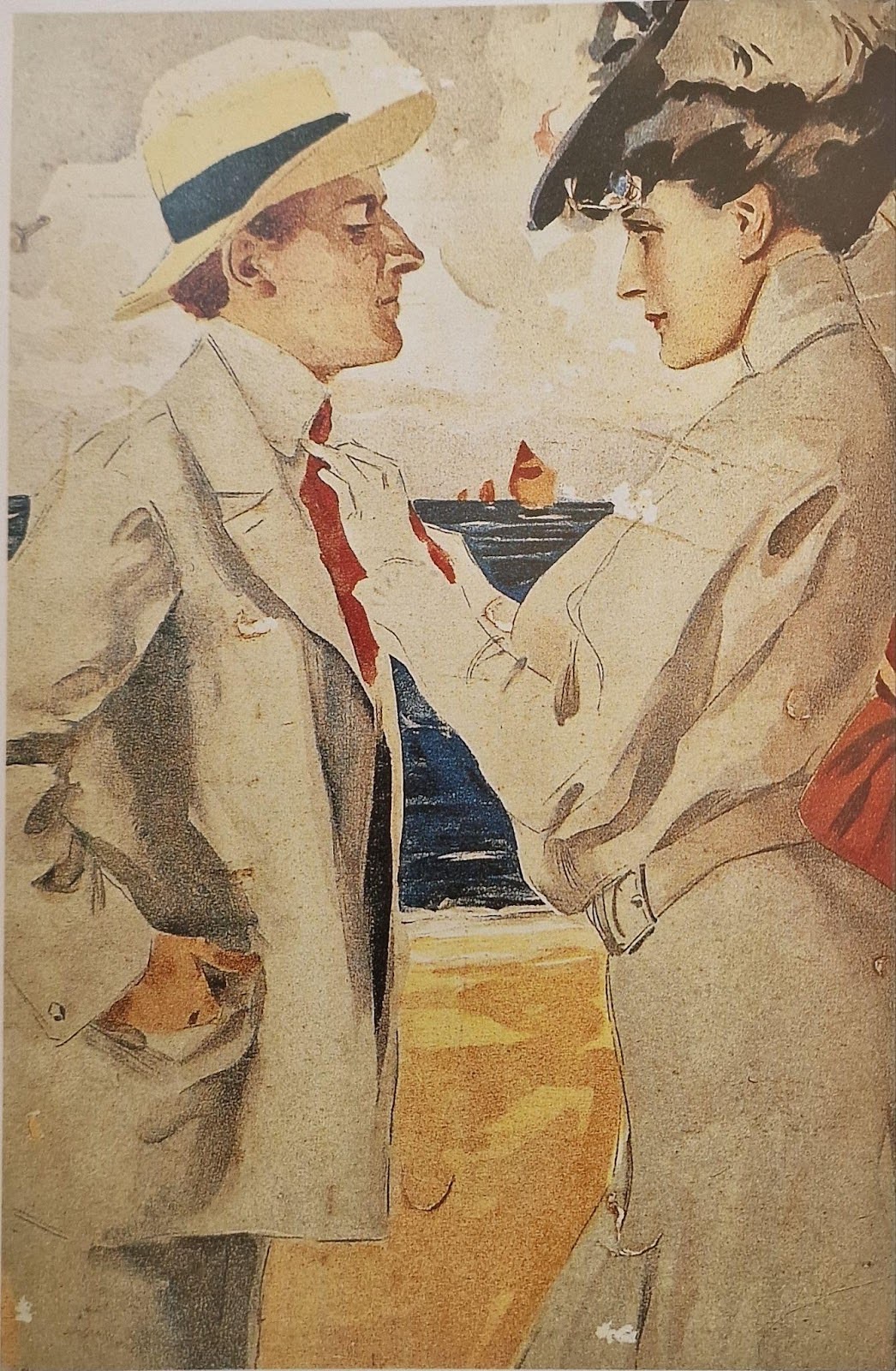The tie, a symbol of elegance and universal style, is deeply rooted in Croatian history. One of the more interesting pieces of evidence of the Croatian origin of this fashion accessory comes from a historical map of the Habsburg Monarchy from 1697, on which a part of today’s Slavonski Brod, a city in eastern Croatia on the banks of the Sava River, is marked with the name “Cravatten Statt“.
This map, the work of the Dutch cartographer Nikola Sparr de Bensdorf, is kept in the War Archives in Vienna. It shows the deployment of the military forces of the Habsburg Monarchy towards the Ottoman Empire during the Anti-Turkish War (October 10–12, 1697). The aforementioned toponym is located right in the center of today’s Trg Ivana Brlić Mažuranić and its surroundings in Slavonski Brod.
The connection between the name and the origin of the tie
The name “Cravatten Statt” is derived from the Old German expression “die Cravatten”, which referred to Croats. This toponym further confirms that the name for the tie (die Krawatte in German) is also derived from the ethnic name Croat in German. According to Prof. Marijan Bušić and Academician Petar Šimonović, such evidence deepens the understanding of Croatia’s contribution not only to history, but also to world culture.
Map as a historical artifact
The uniqueness of this map lies in its precision. In addition to depicting military forces and fortifications, it symbolically connects Slavonia with the story of the tie, thus contributing to the evidence of the Croatian origin of this recognizable fashion accessory.
The tie is not just a part of the clothing style – it is a witness to history and a symbol of identity, and names like “Cravatten Statt” remind us of the deep etymological connection of Croatia with this world-famous symbol.












